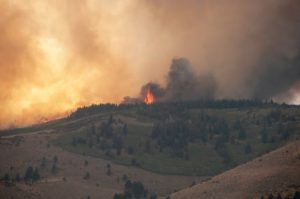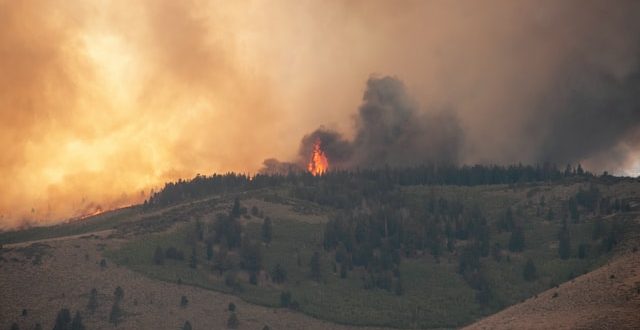Biotic Responses and Adaptations To Wildfires
Forest fires are necessary. They have a range of benefits to the wildlife and plants, as long as they’re kept under control. Fires have biotic responses and cause adaptations. It’s time to understand the responses that 
Adaptations of Plants
Over the years, plants have had to adapt to cope with fire. This is known as pyriscence, where the release of seeds happens because of fire or smoke. All pyriscent plants are serotinous.
One of the changes is for the plants to coat their leaves in flammable oils. The idea is they can help with the intensity of the fire to ensure the biological process happens. These plants will germinate better since there’s a lack of competition in the burnt landscapes.
Fire can also help plants at the bottom of a forest grow. The fires will create gaps at the top, ensuring the light can get through the trees to the bottom.
Fire Intolerant vs. Fire Tolerant
There are two types of plants that grow in the wildfire areas. Some are fire intolerant and others are fire tolerant. Both are needed.
Fire intolerant species are flammable. They help to spread the fires and the seeds tend not to spread. In fact, the plants can die out. Some of them have managed to adapt to make sure the plants will return. There are other intolerant species that benefit after the fire. They are designed to germinate and grow quickly, ready for the next fire.
Fire-tolerant species will withstand the heat of burning. Many will remain around after the fire, continuing to grow and germinate. They have extra energy stored in their roots to ensure regrowth afterward.
There is then a third type of species. This is fires resistant, which will suffer very little damage during the fire. This is common with the mature ponderosa pine, which sheds its lower branches to allow the upper section to remain unscathed.
Animals and Birds
Plants aren’t the only things that will benefit from fires. Animals, birds, and microbes have all learned to cope with fires. However, they avoid the fires to survive.
Birds will think about where they should nest, ensuring they can escape an area quickly if there is a fire. They will also take prey leaving the fires and feed on them. It doesn’t take long for birds to nest again afterward.
Animals can be the same. They will look out for prey fleeing fire. Others will know where to burrow if that’s their way of survival.
As for microbial organisms, they will vary in heat tolerance depending on where they are at the time of the fire. Those that are deeper will survive better. It can also depend on the intensity of the fire.
Microbial organisms have adapted to survive in the aftermath of the fire, benefiting from the extra nutrients in the soil after a fire. Many fungi have adapted to avoid being affected by the fires and repopulate easily afterward.
